
Get ready to unleash your child's creativity with these 8 fun and educational crafting projects!
Designed specifically for kids, these projects are not only entertaining but also provide numerous educational benefits. From improving motor skills to developing problem-solving abilities, each activity is carefully crafted to engage young minds.
With child-friendly materials and safety precautions in place, parents can relax knowing that their little ones can freely express their imagination.
So grab your crafting supplies and let the fun begin!
Child-Friendly Materials
When engaging children in crafting projects, it is essential to utilize child-friendly materials that are safe and appropriate for their age and development. Child-friendly supplies and non-toxic materials are the key to fostering creativity and ensuring the safety of young crafters.
Kids love to explore and experiment with various materials, so it is important to provide them with options that are non-toxic and pose no harm if accidentally ingested. Look for art supplies that are labeled as non-toxic and free from harmful chemicals. This way, you can rest assured that your child's crafting experience is both enjoyable and safe.
From washable paints and markers to child-friendly scissors and glue, there are plenty of options available that will allow your child to unleash their creativity without any worries.
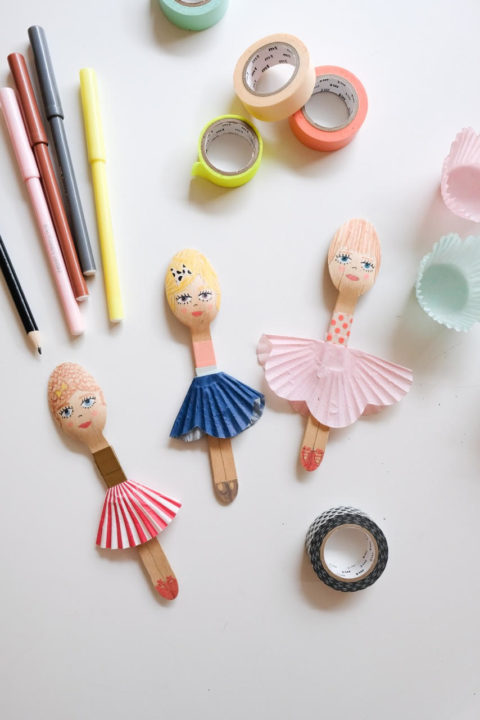
Age-Specific Projects
Start by categorizing crafting projects into age-specific categories to ensure that each child is engaged in activities that are appropriate for their developmental stage.
Age appropriate projects are essential for children's growth and learning. Younger children, such as toddlers and preschoolers, benefit from simple projects that focus on sensory exploration and fine motor skills development. Activities like finger painting, playdough sculpting, and paper tearing provide opportunities for creativity and sensory stimulation.
As children get older, they can engage in more complex crafts that involve following instructions, problem-solving, and critical thinking. Building models, creating jewelry, and designing their own board games are just a few examples of projects that can challenge their cognitive abilities.
Educational Benefits
Engaging children in crafting projects not only provides them with a fun and enjoyable activity, but it also offers numerous educational benefits.
Firstly, these projects boost cognitive development by encouraging children to follow instructions, make decisions, and problem-solve.
Secondly, crafting enhances problem-solving skills as children learn to think critically and find creative solutions to challenges they may encounter during the process.
Lastly, crafting fosters creativity and imagination as children have the freedom to express themselves and explore their own ideas through different materials and techniques.
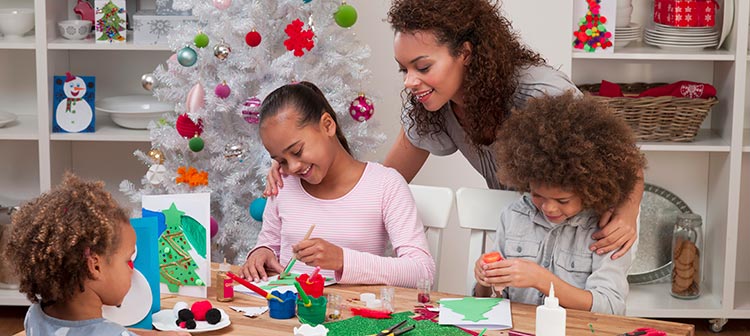
Boosts Cognitive Development
Crafting projects for kids have been shown to enhance cognitive development, fostering important skills such as problem-solving and critical thinking. Engaging in artistic expression through crafts allows children to explore their creativity and develop their imagination.
By working with their hands and engaging in hands-on learning, children are able to improve their fine motor skills and hand-eye coordination. Crafting also encourages children to think critically and find solutions to challenges they may encounter during the process. They learn to plan, organize, and execute their ideas, which boosts their problem-solving abilities.
Moreover, crafting projects provide opportunities for children to make decisions, make choices, and express their own unique ideas, enhancing their cognitive flexibility and self-expression. Overall, crafting projects offer a fun and educational way for children to develop their cognitive skills while having the freedom to explore and create.
Enhances Problem-Solving Skills
Crafting projects for kids have been proven to strengthen problem-solving skills, providing valuable educational benefits. These projects require children to think critically and use logical reasoning to solve various challenges they encounter during the process. Whether it's figuring out how to assemble a model airplane or finding creative solutions to unexpected issues that arise while painting, crafting projects offer an opportunity for children to develop their problem-solving abilities.
Through these hands-on activities, kids learn to analyze problems, identify possible solutions, and make decisions based on their understanding of cause and effect. They also learn to think outside the box and come up with innovative solutions to overcome obstacles. These skills are not only useful in crafting but also in everyday life situations.
Crafting projects encourage children to explore their creativity while honing their critical thinking and logical reasoning skills. By engaging in these activities, kids learn to approach problems with a solution-oriented mindset, fostering their ability to think critically and solve problems effectively.
Fosters Creativity and Imagination
Crafting projects for kids not only enhance problem-solving skills but also foster creativity and imagination, providing valuable educational benefits.
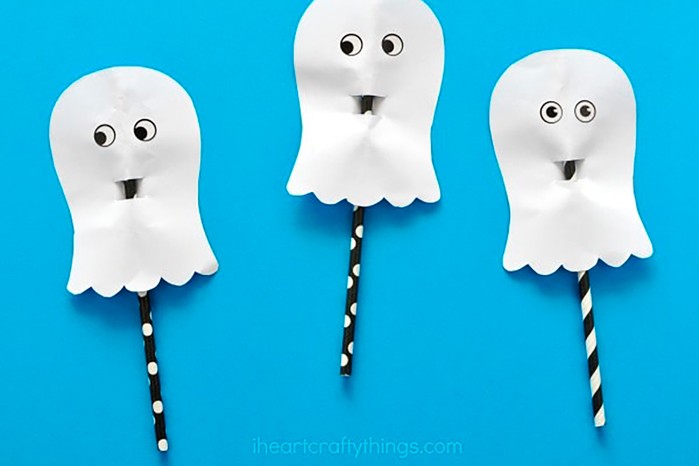
Engaging in crafting activities allows children to explore their artistic expression and unleash their imagination. When kids are given the freedom to create and design their own projects, they learn to think outside the box and develop innovative ideas. This process encourages self-confidence as they realize their ability to turn their imagination into reality.
By experimenting with different materials, colors, and textures, children can express their unique ideas and emotions through their creations. Crafting projects provide a platform for children to explore their creativity, encouraging them to think creatively and develop their own unique artistic style.
These activities not only provide hours of fun but also contribute to the overall development of a child's creativity and imagination.
Creativity Development
During the process of engaging in crafting projects, children have the opportunity to develop their creativity. Crafting allows children to express their artistic expression through various mediums such as painting, drawing, and sculpting. Through these activities, they can experiment with different colors, shapes, and textures, enhancing their sensory exploration. By using their imagination, children can transform ordinary materials into extraordinary creations, fostering their ability to think outside the box.
Crafting also encourages problem-solving skills as children navigate through the process of creating something from scratch. They learn to make decisions, adapt to challenges, and find alternative solutions. This develops their critical thinking skills and encourages them to explore different possibilities.
Furthermore, crafting projects provide an outlet for self-expression, allowing children to showcase their unique ideas and personalities. It empowers them to take pride in their creations and boosts their self-confidence.
Motor Skills Improvement
Engaging in crafting projects enhances children's fine motor skills through the use of precise movements and manipulation of materials. These activities require children to use their hands and fingers in a coordinated manner, thereby improving their dexterity and hand-eye coordination. Whether it's cutting, gluing, painting, or threading, each task requires careful control and precision.
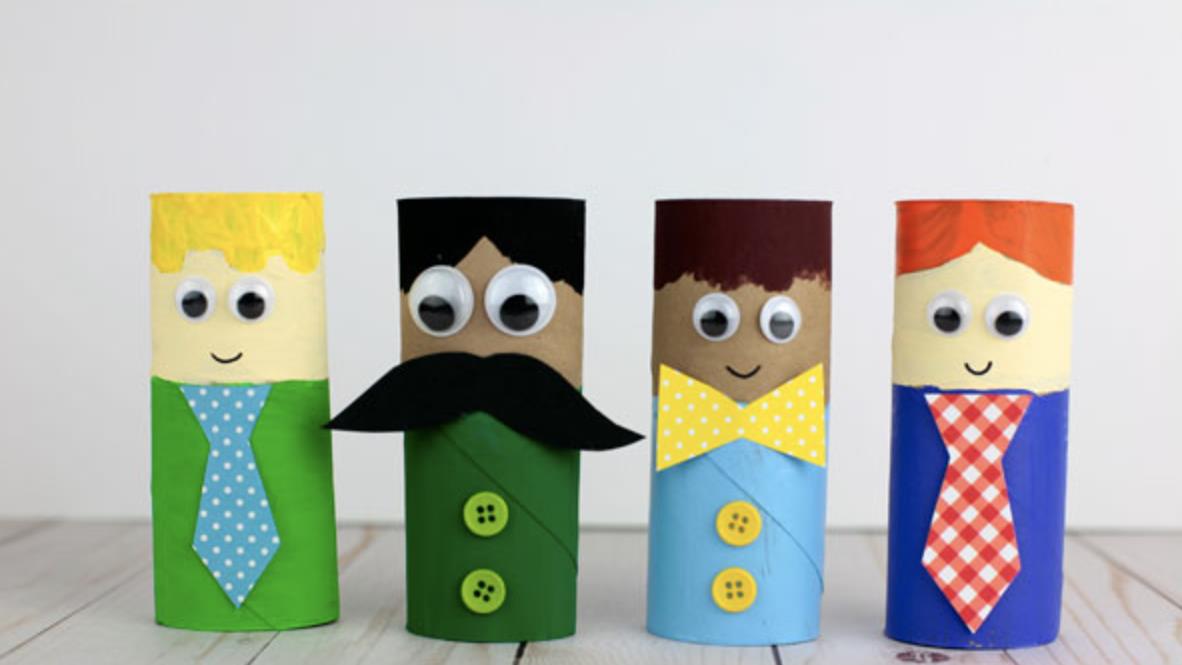
For instance, when children cut out shapes or paint within the lines, they are developing their hand-eye coordination as they navigate and control their movements to achieve the desired outcome. Crafting also helps children develop their grip strength, which is crucial for activities such as writing and drawing.
Cleanup Strategies
To ensure a smooth and tidy crafting experience, implementing effective cleanup strategies is essential for children's crafting projects.
Cleaning up after a crafting session may seem like a daunting task, but with some cleaning tips and organization hacks, it can be a breeze.
One helpful tip is to lay down a plastic tablecloth or old newspapers to catch any spills or messes. This makes cleanup much easier as you can simply gather the tablecloth or newspapers and dispose of them.
Another useful strategy is to have designated storage containers for crafting supplies. This helps keep everything organized and prevents items from getting lost or misplaced.
Additionally, involving children in the cleanup process not only teaches them responsibility but also makes it a fun and interactive activity.
Crafting Safety
Crafting can be a fun and educational activity for kids, but it's important to prioritize their safety. Taking proper precautions ensures that children can enjoy crafting without any accidents or injuries.

In this section, we will discuss some essential safety measures to follow when engaging in crafting activities with children, as well as provide age-appropriate crafting ideas that promote a safe and enjoyable experience.
Safety Precautions for Kids
Children should always prioritize their safety when engaging in crafting activities. While crafting can be a fun and educational experience, it is important to take necessary precautions to ensure the well-being of children.
One of the key safety measures is using appropriate crafting equipment. Depending on the project, children may need to use sharp tools, such as scissors or needles. It is crucial to provide them with child-friendly versions of these tools and teach them how to use them safely.
Additionally, adult supervision is essential during crafting sessions. Adults can guide children, offer assistance when needed, and ensure that they are following safety guidelines.
Age-Appropriate Crafting Activities
When considering age-appropriate crafting activities, it is important to prioritize the safety of young participants. Crafting can be a fun and educational way for kids to express their creativity, but it is essential to ensure that the activities are suitable for their age group. Here are some tips for age-appropriate crafting activities:
- Use child-friendly tools: When choosing crafting tools, opt for ones that are specifically designed for children. These tools are usually made with safety in mind, with rounded edges and non-toxic materials.
- Focus on sensory crafting: Sensory crafting activities engage multiple senses and are perfect for younger children. They can explore different textures, colors, and materials, enhancing their sensory development.
- Consider the complexity of the project: Choose projects that are suitable for the child's age and skill level. Start with simple crafts and gradually introduce more complex ones as they grow older and develop their crafting abilities.
- Provide adult supervision: Always ensure that an adult is present to supervise the crafting activities. They can guide the child, help with any challenging tasks, and ensure that safety measures are followed.
Fun Factor
The enjoyment experienced by young individuals while engaging in crafting projects is a crucial aspect to consider when designing fun and educational activities for kids. Fun and engaging crafts not only capture their attention but also foster their creativity and imagination.
Interactive crafting projects provide an opportunity for children to actively participate, making the experience more enjoyable and memorable. By incorporating hands-on activities and allowing them to explore their own ideas, kids feel a sense of freedom and ownership over their creations.
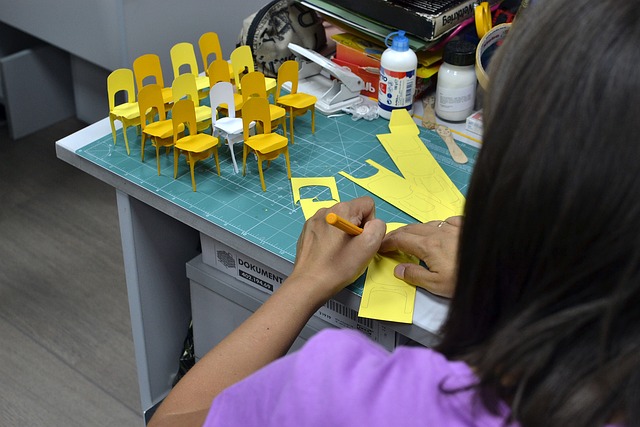
Whether it's making colorful friendship bracelets, designing unique masks, or constructing paper airplanes, the fun factor is essential in keeping children excited and motivated. When crafting becomes a fun-filled adventure, children are more likely to develop a love for creativity and continue exploring their artistic abilities.
Frequently Asked Questions
Are There Any Specific Child-Friendly Materials That Should Be Avoided When Engaging in Crafting Projects With Kids?
When engaging in crafting projects with kids, it is important to avoid materials that may be toxic or harmful to their health. Instead, opt for safe alternatives and choose toxic material-free crafting options for a fun and educational experience.
What Are Some Age-Specific Projects That Are Suitable for Toddlers and Preschoolers?
Age appropriate crafting projects for toddlers and preschoolers can be both fun and engaging. These activities provide young children with opportunities to explore their creativity, develop fine motor skills, and learn important concepts through hands-on experiences.
How Do Crafting Projects Aid in the Development of Educational Skills Such as Math, Science, or Language?
Crafting projects provide engaging opportunities for children to develop problem-solving and critical thinking abilities. Through hands-on activities, children can explore math concepts, scientific principles, and language skills, fostering their educational development in a fun and interactive way.
Does Engaging in Crafting Projects Help to Enhance a Child's Creativity and Imagination?
Engaging in crafting projects can greatly enhance a child's creativity and imagination by providing them with a platform to explore their ideas and express themselves. Additionally, crafting projects can also help improve a child's social skills and foster storytelling abilities.
What Are Some Effective Strategies to Improve Motor Skills Through Crafting Activities?
To improve fine motor skills in children, effective strategies include providing age-appropriate crafting activities that require precise hand movements, such as cutting, gluing, and threading. Sensory crafting can also benefit children with special needs by engaging their senses and promoting coordination.
 Family Craft ProjectsHome ImprovementCooking and BakingReuse and RecycleDIY GiftsEco-Friendly ProjectsDIY Home SolutionsSeasonal ActivitiesFun and GamesLearn TogetherPrivacy PolicyTerms And Conditions
Family Craft ProjectsHome ImprovementCooking and BakingReuse and RecycleDIY GiftsEco-Friendly ProjectsDIY Home SolutionsSeasonal ActivitiesFun and GamesLearn TogetherPrivacy PolicyTerms And Conditions

 Family Craft ProjectsHome ImprovementCooking and BakingReuse and RecycleDIY GiftsEco-Friendly ProjectsDIY Home SolutionsSeasonal ActivitiesFun and GamesLearn TogetherPrivacy PolicyTerms And Conditions
Family Craft ProjectsHome ImprovementCooking and BakingReuse and RecycleDIY GiftsEco-Friendly ProjectsDIY Home SolutionsSeasonal ActivitiesFun and GamesLearn TogetherPrivacy PolicyTerms And Conditions
